That is Mr. Y Kiem Ayun (commonly called Yo Tho) in Le village, Lien Son Lak commune, known as the "guardian" of the priceless treasure of Central Highlands culture.
In the humble yet culturally vibrant space of the Yo Tho artisan family, the most prominent are perhaps the nine ancient lithophones. This is not only an archaeological artifact, but also a story full of fate and wonder, proving the existence of an ancient civilization, hidden deep underground.
Among them, there is a complete set of 6 bars with a similar pitch to the 6-piece gong set of the M'nong people, the remaining 3 bars (1 bar was broken in half) have not been able to match the sound. According to him, these could be bars from another set of lithophones.
Artisan Yo Tho tests the sound of stone bars in his collection of ancient lithophones. |
This lithophone set was discovered completely by chance in Krong No commune, about 40 km from the center of Lien Son Lak commune.
Artisan Yo Tho said that 15 years ago, a man in Krong No commune, while digging for bamboo rats, came across stone bars of different lengths lying deep under the bamboo bushes. Realizing the strangeness of these stone bars, the man brought them home and the story of the "singing stones" quickly spread throughout the area.
With some knowledge of traditional culture and passion for antiques, he found the owner of those anonymous stone slabs and brought them back to his family home.
According to the traditional customs of the M'nong R'lam people, when a family brings home valuable objects, they hold a ceremony to worship the objects. His family held a solemn ceremony to worship the lithophone, lasting for many days. Many guests, including relatives in the village, as well as the paternal and maternal families, came to join in the fun and listen to the sounds of the lithophone. Artisan Yo Tho revealed that at that time, he bought the lithophone worth the equivalent of 1.5 tons of coffee beans.
After 15 years of attachment, he still keeps the lithophone as a treasure of the earth, the sounds of the instrument still echo in the traditional house during important family events or big festivals of the village.
Another highlight in the collection of artisan Yo Tho is 20 jars, each carrying its own story, a mark of time and historical value. Jars are not only household items but also valuable assets, symbols of wealth, power and spirit of the ethnic groups in the Central Highlands.
Among them, two special jars are the Tang Suk jar and the Yang Mih jar, both of which he collected and bought from people in Dur Kmăn commune. The Tang Suk jar has a floral motif and three ropes wrapped around the jar's body.
This is a jar belonging to the old funeral jar line, which our ancestors used to exchange with buffalo or cow. This jar is often used in major family ceremonies such as health ceremonies, longevity celebrations, housewarming ceremonies, grave-sweeping ceremonies... and is considered a bridge between humans and gods. As for the Yang Mih jar (with dragon and phoenix shape), with flying dragon motifs - a symbol of power, luck and prosperity in the culture of the Ede and M'nong people in the Central Highlands.
Artisan Yo Tho confided that the jar is not only a precious object but also considered a member of the family, sharing all the joys and sorrows, witnessing important events in the life of each individual, family or the whole community. Therefore, when the jar is brought home, the homeowner will perform a welcoming ceremony as a new member of the family, or when selling or giving it away, must perform a farewell ceremony.
Artisan Yo Tho with his family's collection of ancient jars . |
Along with his jar collection, artisan Yo Tho also owns many sets of ancient gongs dating back hundreds of years, each set has its own story and meaning, passed down from generation to generation. He knows the origin of each gong, its name, function and role in each ritual. Not only that, he is also a skilled gong player, a member who has contributed a lot to the preservation of gong culture in the locality.
The collection of artisan Yo Tho is not just a collection of artifacts, it is a living museum, a testament to the cultural richness of the Ede and M'nong people in the Central Highlands. He believes that preserving culture is not only about storing but also about spreading. Therefore, he often welcomes groups of tourists and researchers to visit and learn about his collection. Through simple, honest stories, he has inspired the younger generation, helping them better understand the value of their ancestors' traditional culture.
Source: https://baodaklak.vn/van-hoa-du-lich-van-hoc-nghe-thuat/202507/nguoi-canh-giu-bau-vat-cua-tay-nguyen-d541ead/


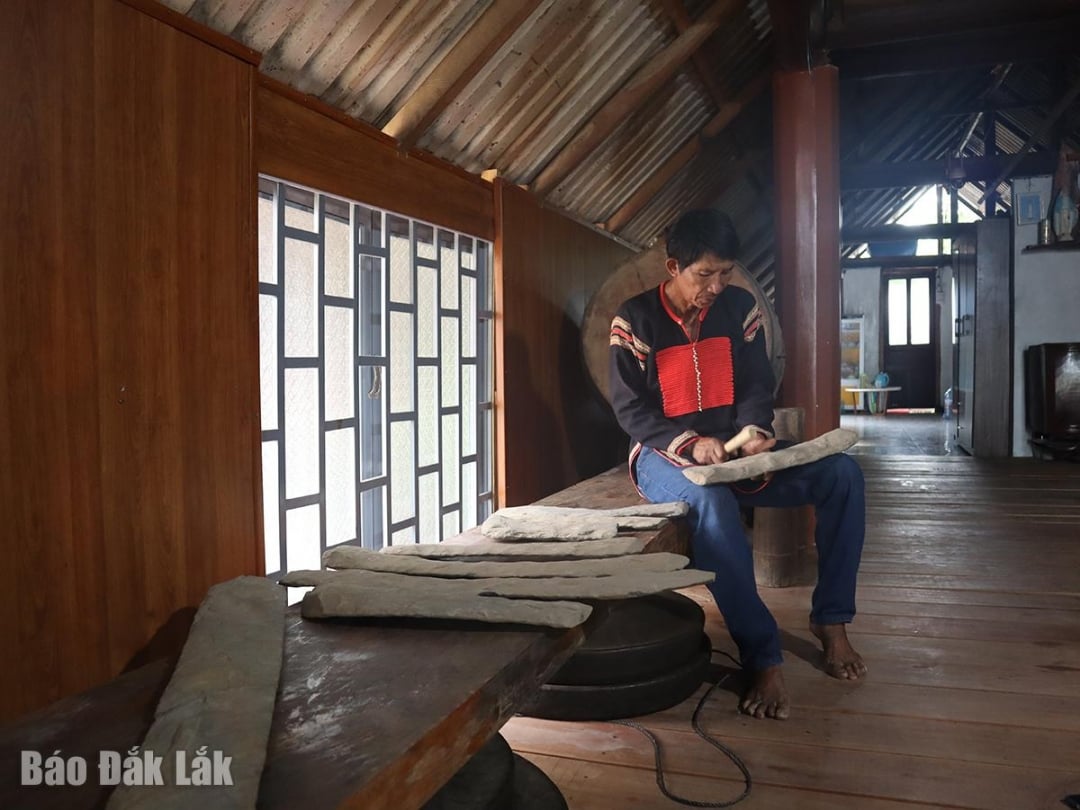
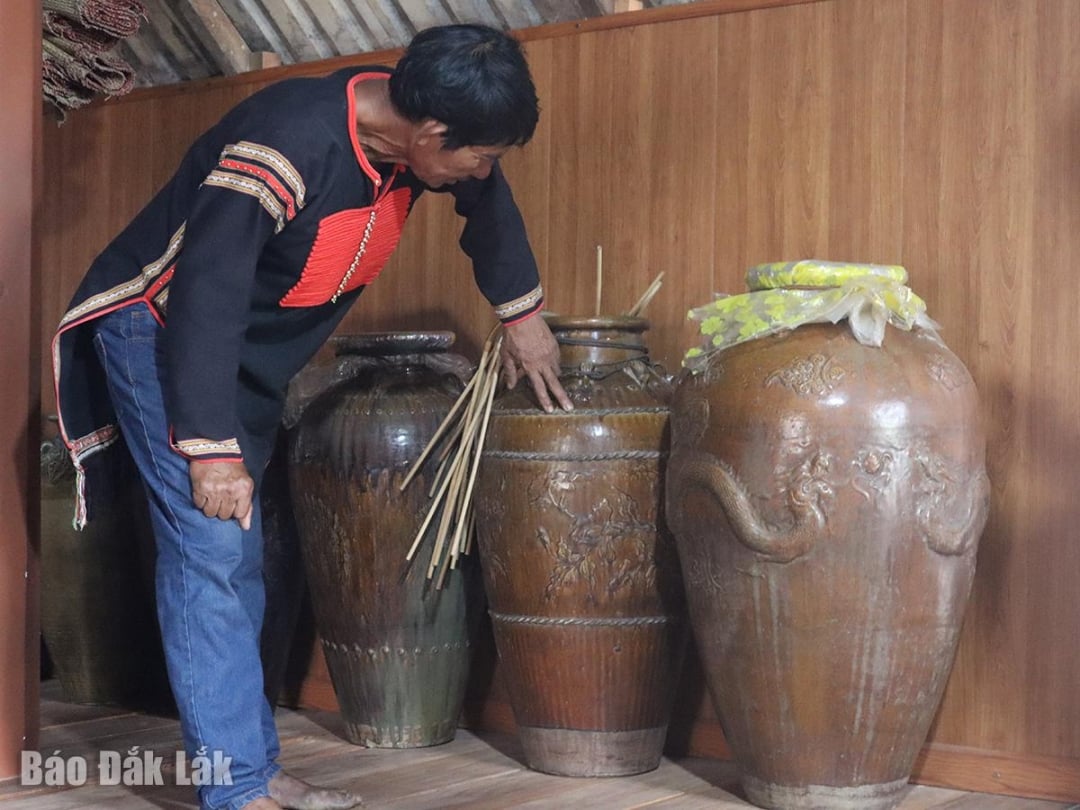






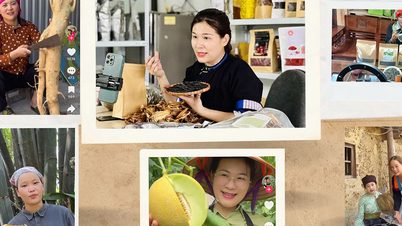

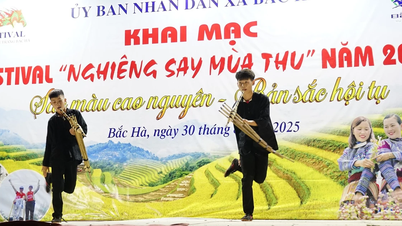

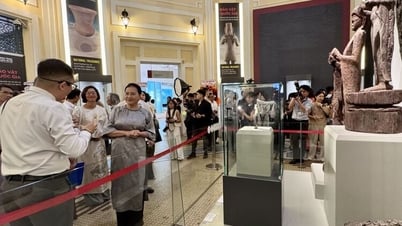

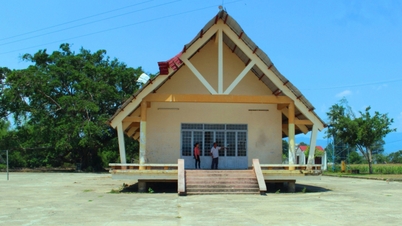




















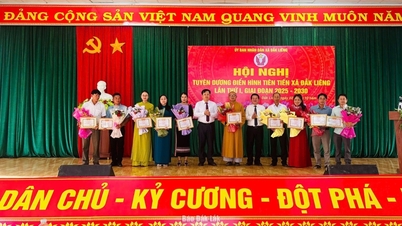
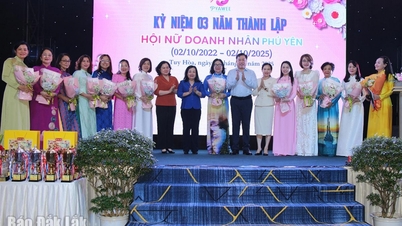



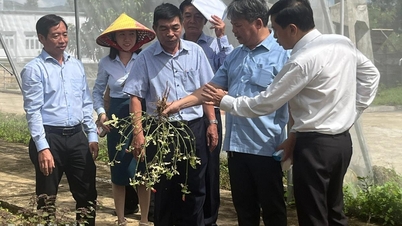








































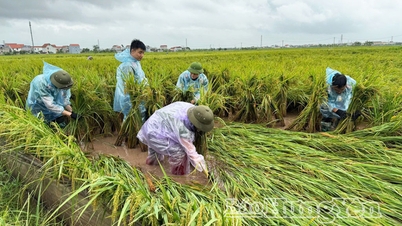

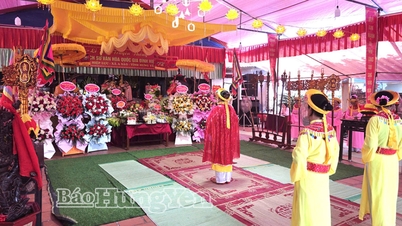
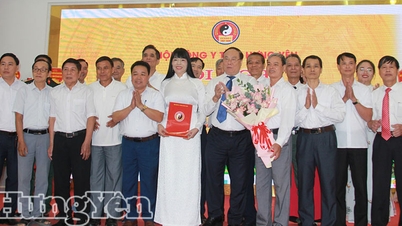
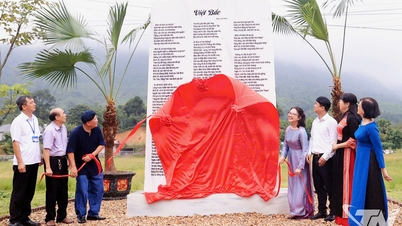













Comment (0)